





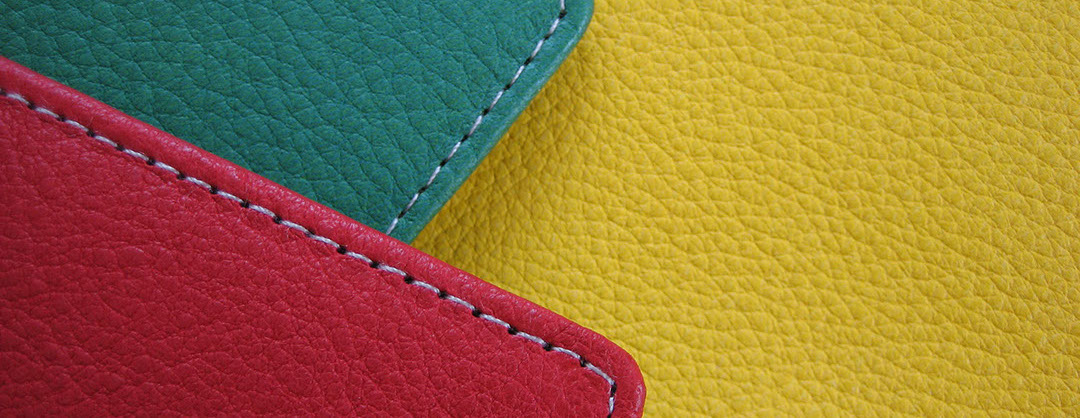
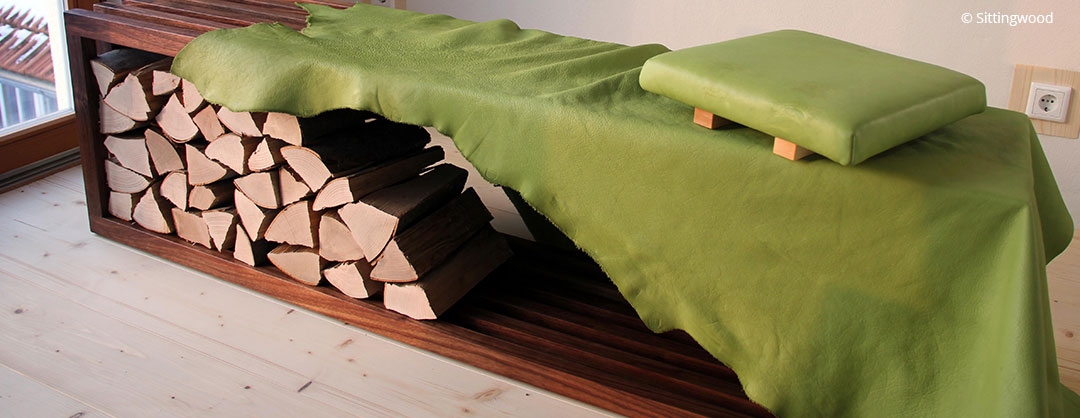
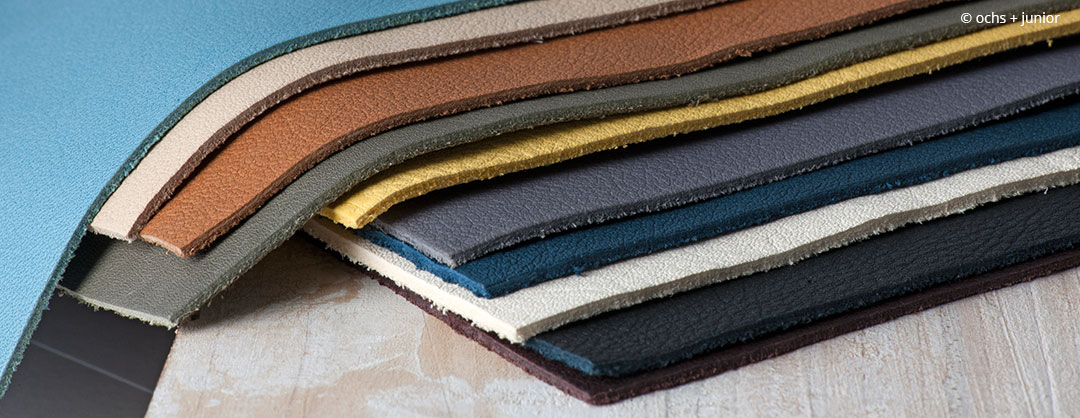


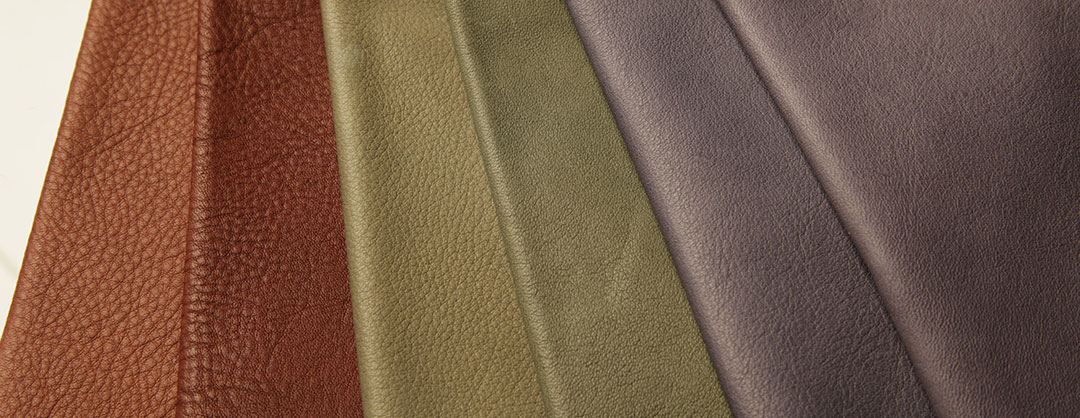








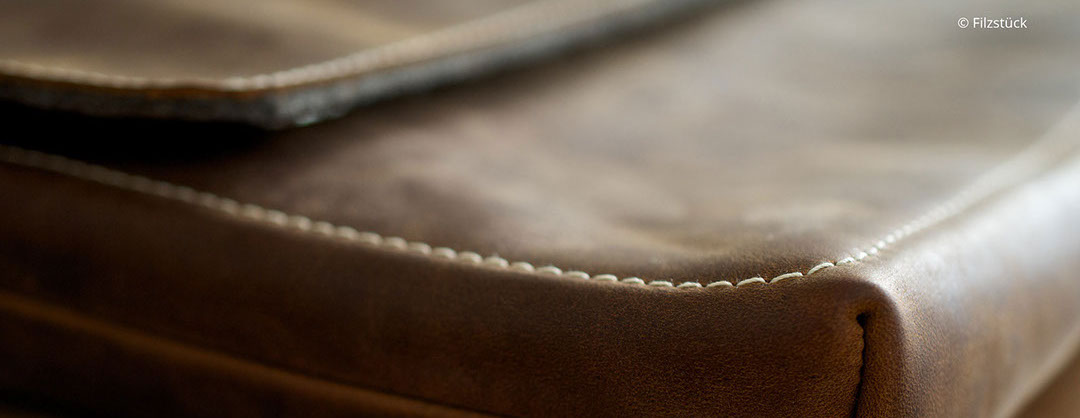
Encyclopedia of contaminants...
Ecopell leathers are regularly tested for the most frequently occurring contaminants in leather, such as heavy metals, carcinogenic aromatic amines or formaldehyde. Ecopell offers you a transparent high quality product, which is safe for both, your health and the environment. For verification you can find the test reports in the shade cards for every Ecopell product. All residue values have been tested for compliance with the established limits of the IVN Naturleder standard. Often, the contaminant concentrations are even below the detection limit. Below a list of harmful substances, commonly used in leather processing is given below. Further down, you will find our reasoning for avoidance of the most harmful substances and instead demand the substitution of such substances for Ecopell products.
1. Alkylphenols and Alkylphenolethoxylates (AP/ APEs)
APEs are commonly used as surfactants and emulgators in leather and textile production- they break down to form toxicalkylphenols (APs) in waste water. Alkylphenols are persistent in the environment with endocrine disrupting properties, impacting the hormone system of organisms. Additionally, APs are bioaccumulative and hazardous at very low levels. Banned from the European market since 2005, APEs have been replaced in most processes by less harmful, biodegradable alternatives like alcohol ethoxylates. APEs are not used in processing of Ecopell leather.
2. AOX (absorbable organic halogen compounds)
The AOX has been developed for the detection of halogenated solvents in waste water and sewage sludge value. It is a group parameter representing all substances with organically bound halogen (except Fluor) that can be detected during analysis. Due to his characteristic as a group parameter the AOX-value cannot discriminate if halogenated substances with relevant or negligible toxicity have been used during processing. Hence, for Ecopell leather the input of toxic halogenated substances is excluded to meet the problem at the root.
3. Azo dyestuffs/ carcinogenic aromatic amines
Almost 70 % of all synthetic dyestuffs used in leather and textile dyeing are azo dyestuffs based on aromatic amines. Under reductive conditions (i.e. by micro organisms) or in contact with sweat or saliva, Azo dyestuffs can break down into their constituents, releasing aromatic amines. Some of these aromatic amines are toxicologically relevant as they are considered to be carcinogenic or bear other harmful long term effects. For Ecopell leather solely dyestuffs are used which do not release carcinogenic aromatic amines.
4. Biocides
Biocides prevent the growth of microorganisms, such as bacteria or fungi. Sometimes biocides are inevitable in order to preserve or disinfect materials from biological infestation and growth of pathogenic microorganisms. Still, biocides should be used with great caution. Being intended to kill living organisms, many biocydal products also pose a significant risk to human health. Ecopell raw hides and leather are not preserved, since the production of high quality leathers usually does not require the application of biocides.
5. Chromium III/VI
Chromium III is intentionally used as tanning agent for leather. Chromium III is not carcinogenic, but it is a known sensitizer potentially causing allergies by skin contact. Oxidation of Cr III generates carcinogenic Cr VI. Conservative environmental and human health safety measures can avoid the oxidation of the chromium during the tanning process, thereby minimizing the discharge into the waste water. However, total prevention of oxidation and release of chromium cannot be guaranteed for the whole lifetime of the leather product and afterwards, when disposed or incinerated.
6. Dimethyl fumarate (DMF)
The biocide dimethyl fumarate causes severe allergenic reactions already in low concentrations . Dimethyl fumarate is prohibited as preservative/ anti molding agent in Europe and, since 2009, forbidden in imported products like leather shoes or furniture. Ecopell leather are not preserved and hence known to be skin friendly.
7. Formaldehyde (FAH, CAS-Number 50-00-0)
Common name for the toxic substance methanal, which is often used in tanning processes. Safety measures for workers are necessary, as formaldehyde may cause sensitisation by skin contact, which means that it could lead to allergies. Furthermore, evidence of carcinogenic effects in humans exists.
8. Glutaraldehyde (GTA, CAS Number 111-30-8)
Glutaraldehyde, also named Pentane-1,5-dial is used as a tanning agent as well. Safety measures for workers have to be installed and direct contact or inhalation has to be avoided, as GTA may cause sensitization, which means that it might cause allergies. As it is not considered to have carcinogenic effects, GTA is a less harmful alternative to formaldehyde.
9. Heavy metals
Heavy metals are inherently persistent and toxic via different pathways already in low concentrations, which makes it difficult to define a safety level. Further, some heavy metals accumulate in the environment and in organisms. Exposure to heavy metals can cause damage to the nervous and immune system, the liver, allergies as well as cancer. Heavy metals, such as chromium, are commonly used intentionally in tanning and dyeing processes. They also may be present as unwanted impurities in dyestuffs. Heavy metals do not break down into harmless constituents, hence all Ecopell leather is tanned and dyed heavy metal free to avoid long term impacts on human health and the environment.
10. Occupational exposure limit
The occupational exposure limit describes the upper limit of the acceptable concentration of a hazardous substance in workplace air for a particular material or class of materials. Below this limit no threat of health is to be expected even if a person is exposed to the substance in such concentration normally 8 hours a day or maximally 40 (42) hours a week. Substances with significant occupational exposure limit values such as glutaraldehyde, which is used in Ecopell leather tanning, are used in close loop processes only to avoid air release.
11. Organotin compounds
Organotin compounds have been used as an active ingredient in antifouling paints and wood preservatives, disinfectants and as biocides in cooling systems, pulp and paper mills, leather processing, and textile mills. Organotin compounds are toxic to aquatic organisms in low concentrations, persistent, bioaccumulative and have endocrine disruptive characteristics. In Polyurethane coated leather they can be contained as impurities. To avoid organotin compound impurities and to offer natural leather products Ecopell leather is not coated.
12. Phthalates
Phthalates are a group of substances that have been used on a large scale as softeners in plastics since the 1930s. As phthalates are not chemically bound to the plastic polymers, they gradually leach from the plastic articles like toys, packing materials, tubes, floor coatings or textile prints as well as leather coatings. Phthalates are known to cause serious health and environmental effects. They are known to disturb the body’s endocrine system, which may damage gender development and fertility and lead to cancer. In the European Union Phthlates are restricted in articles for children below the age of three.
13. PAHs(Polycyclic aromatic hydrocarbons)
PAH are a group of more than 100 substances with poly-aromatic structure, that are ubiquitously found throughout the environment. PAHs can be of natural origin (e.g. forest fires), but are mainly derived from anthropogenic sources (all combustion processes, e.g. waste incineration). PAHs may also be formed as intermediates in the production of pigments and dyestuffs as well as pesticides. PAHs are known to have long term effects on human health and the environment. They can accumulate in organisms and have chronic effects on the immune and reproductive system. Some PAHs act as carcinogens and teratogens, meaning they can harm the unborn life. The analysis of 16 PAHs (EPA-PAH) is commonly performed to monitor the residues of PAHs in products.
14. Chlorophenols (PCP, TeCP, TCP)
Chlorinated phenols have been used as biocides in leather industry. Many chlorophenol compounds, such as Pentachlorophenol, are considered to be carcinogenic and mutagenic. Chlorinated phenols are easily absorbed via skin, lungs and the lining of thealimentary tract. Additionally, they are persistent in the environment and can bioaccumulate in organisms, which made this group of organic compounds a common environmental pollutant. By incineration of products containing chlorinated phenols, they can be convertedinto even more toxic polychlorinated dibenzo-dioxins and dibenzofurans.
15. Short and medium chained chloroparaffines
Chlorinated paraffins are members of a complex group of hydrocarbon compounds with variable length and different levels of chlorination. In leather industry they are sometimes used to assist the removal of fat from raw hide during tanning, and after tanning to assist the re-fatting of the leather. Chloroparaffins are persistent and potentially bioaccumulative. Furthermore, they are toxic to aquatic organisms and carcinogenic effects have been observed. The use of Chloroparaffins is strictly avoided for Ecopell leather.



© Filzstück
© Filzstück
>> Encyclopedia of contaminants
Data and facts

